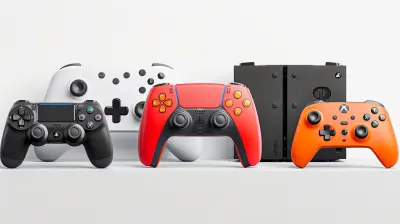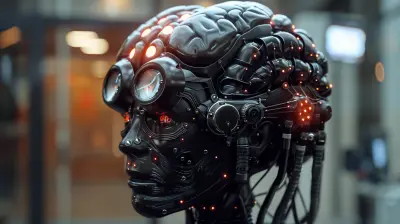What’s Inside a Professional Photographer’s Camera Bag?
2 November 2025
Ever found yourself wondering what gear actually lives inside a pro photographer’s camera bag? I mean, they show up to shoots with what looks like a minimalist backpack—yet they manage to walk away with jaw-dropping shots every time. What’s in there? Magic dust? A unicorn-shaped light meter? Not quite.
Let me walk you through the real stuff—what professional photographers carry, why they carry it, and what separates a solid, basic gear setup from an all-out, ready-for-anything rig. Whether you're just starting out or you're a gearhead trying to upgrade, this honest, behind-the-scenes peek might give you everything you need (and nothing you don’t).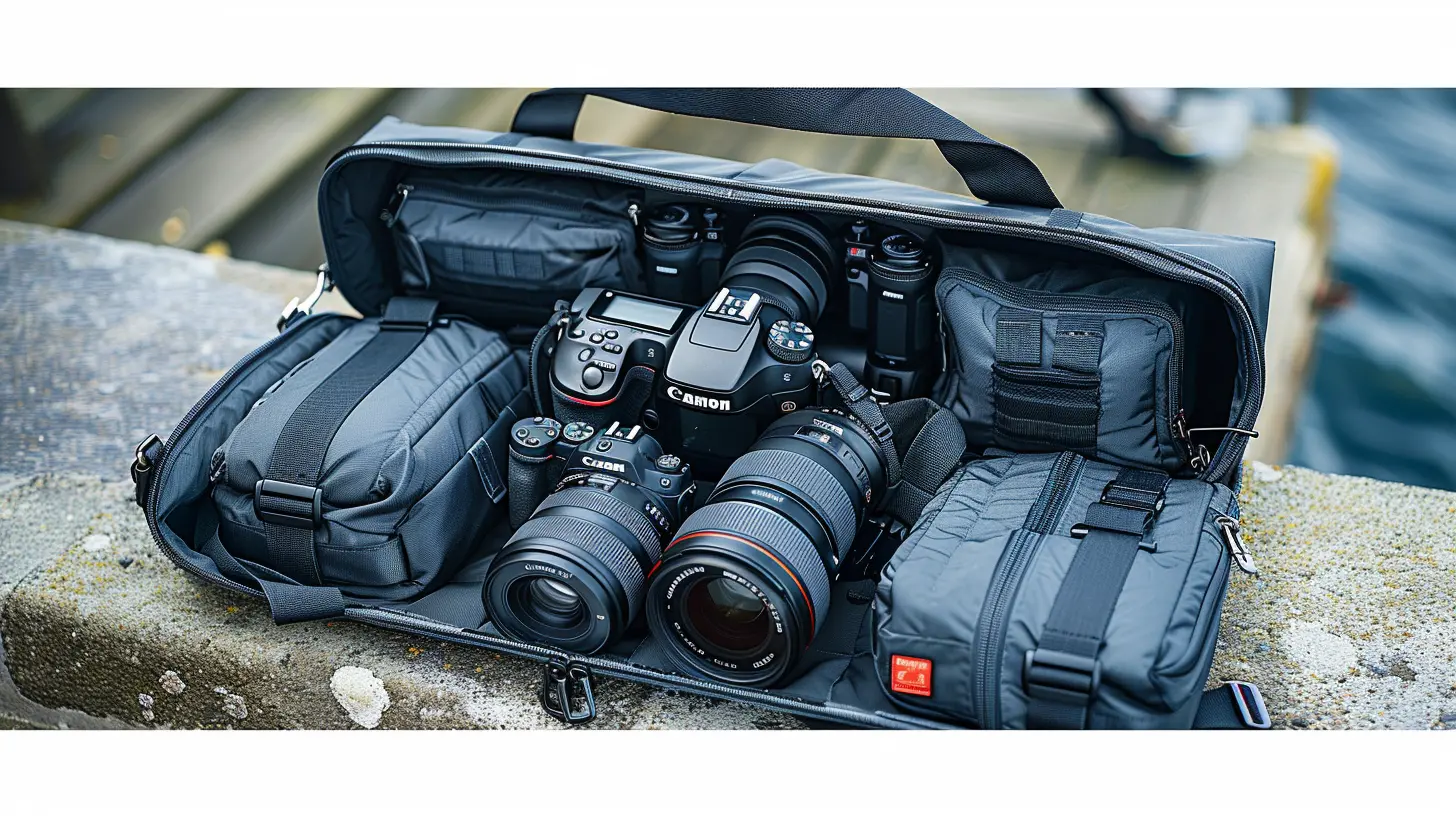
The Camera — The Beating Heart of the Bag
Let’s start with the obvious one—the camera itself. But here’s the kicker: most pros don't carry just one.👉 Primary Camera Body
The main body is the go-to workhorse, likely a full-frame DSLR or mirrorless. Think Canon EOS R5, Nikon Z8, or Sony A7R IV. These cameras offer stunning image quality, fast autofocus, and all the manual controls a pro needs.Why it matters: This isn't just about megapixels. It’s about reliability, low-light performance, and dynamic range. When you're shooting a wedding, you can’t ask the couple to undo their first kiss because your shutter jammed.
👉 Backup Camera Body
Nope, it’s not overkill. It’s insurance. If the primary camera fails mid-shoot, your second body saves the day. It might not be as high-end but it’s good enough to keep the shoot alive.
A Trio of Lenses — The Holy Trinity
Photographers love to debate gear, but there’s a golden rule among pros: prime your lens lineup carefully. Most stick to three lenses they can rely on in nearly every scenario.📸 24-70mm f/2.8 — The Everyday Workhorse
If a pro could only bring one lens, this would probably be it. It’s versatile enough for landscapes, portraits, and street photography.Why it’s loved: Sharp, fast, and flexible. Great for literally 80% of situations.
📸 70-200mm f/2.8 — The Distance King
Perfect for weddings, events, wildlife photography, or capturing candid moments from a distance. It’s like having zoom-based superpowers.Fun fact: It’s heavy—but worth building some shoulder muscle over.
📸 16-35mm f/2.8 — The Wide-Angle Wonder
This baby is for epic landscapes, tight interiors, or creative perspectives. Want that cool, wide-angle shot that makes rooms look bigger or skies look vaster? This is your lens.Hot tip: It’s also great for shooting video due to its cinematic scope.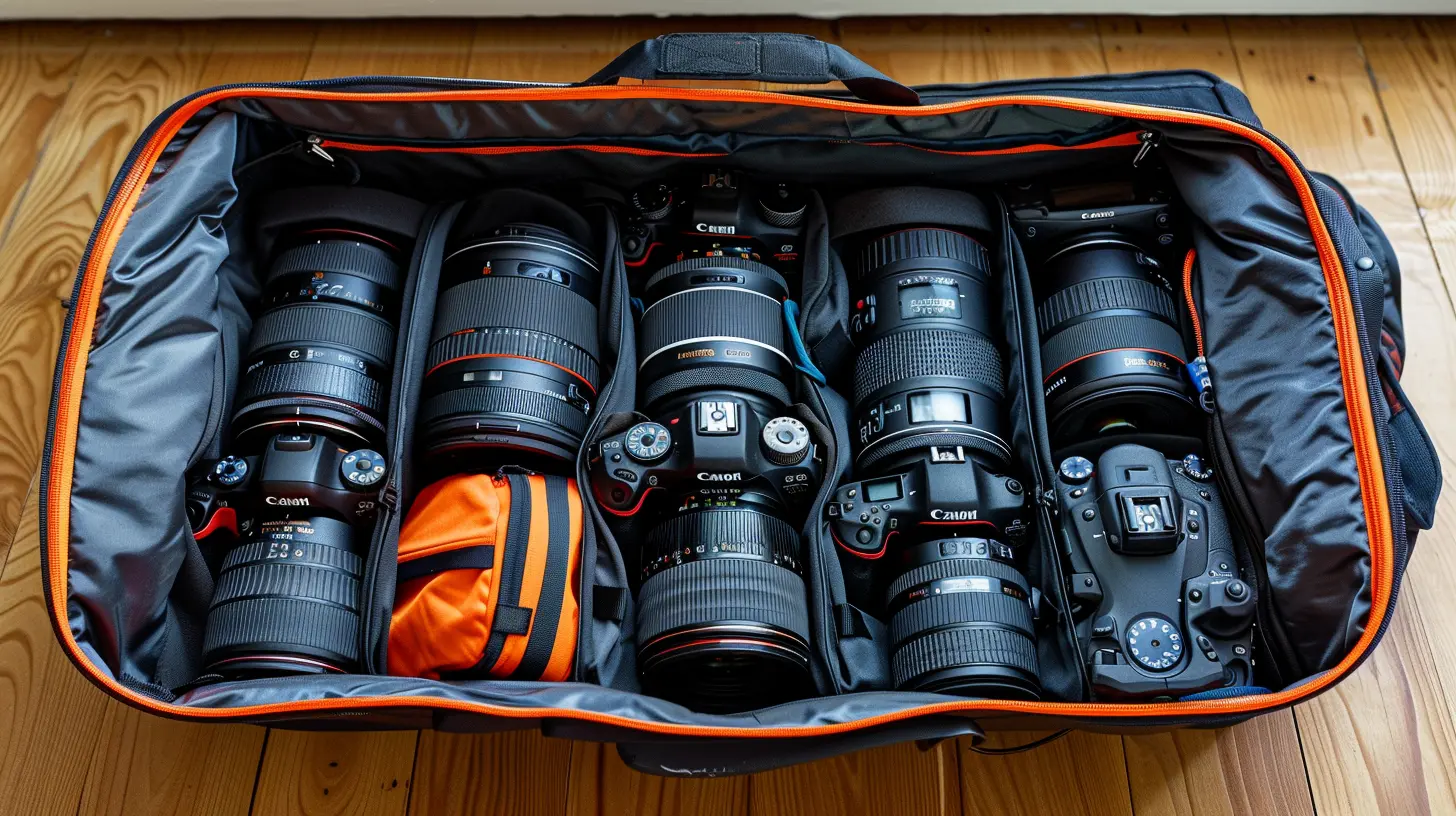
Prime Lenses — For That Extra Pop
Sometimes, zooms don't cut it, especially when you want creamy bokeh or ultra-sharp portraits. That’s when primes come into play.- 50mm f/1.4 – Known as the nifty-fifty. Great for low-light and beautifully shallow depth-of-field photos.
- 85mm f/1.8 or f/1.4 – Portrait gold. Soft backgrounds. Razor-sharp focus.
- 35mm f/1.4 – A favorite for street and environmental portraits.
Why primes? They often deliver sharper images and wider apertures, making them ideal for creative expression.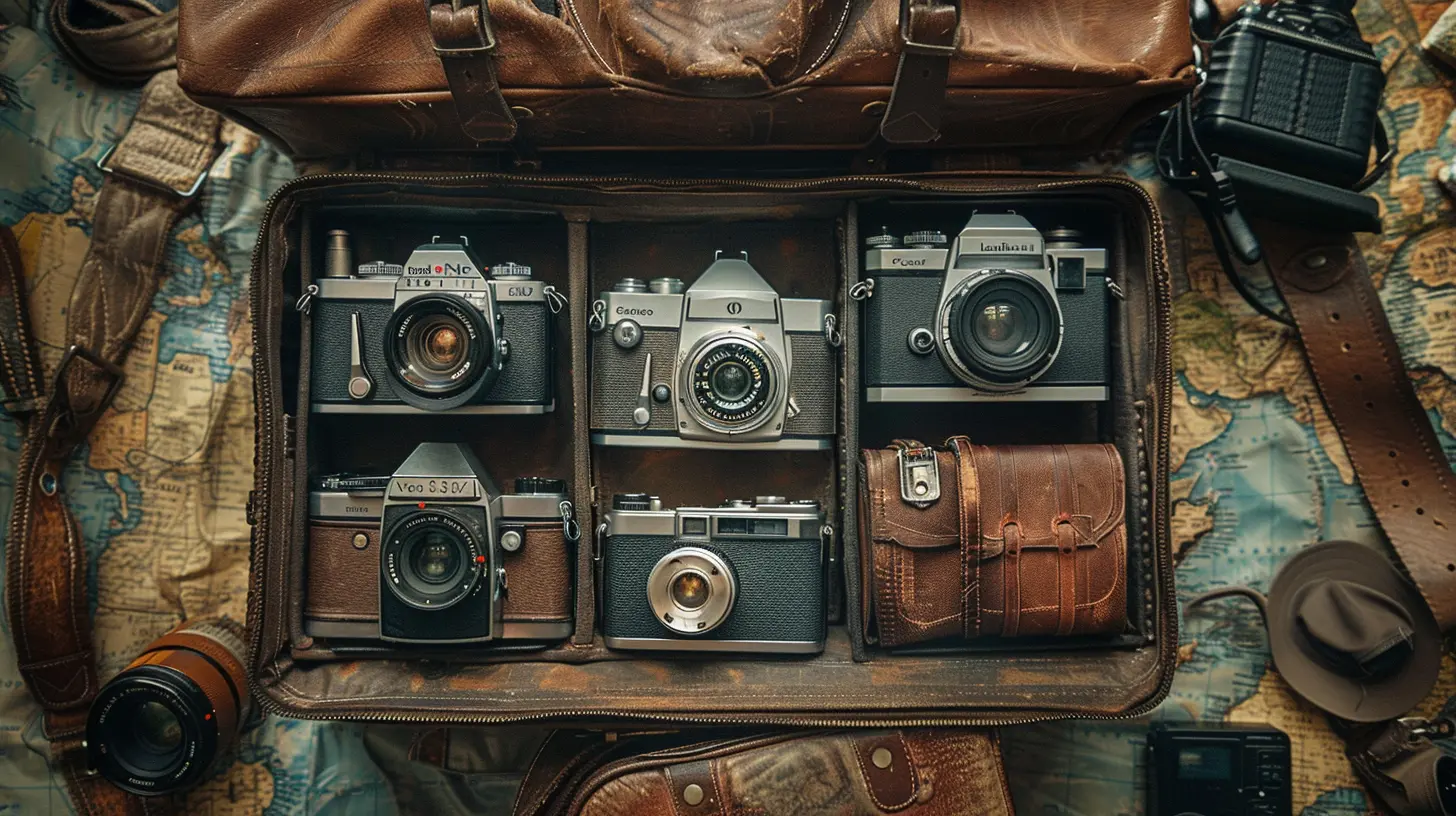
Filters — Yes, They’re Still a Thing
They’re not just for Instagram. Physical filters play a big role in controlling light and enhancing photos.🧿 Circular Polarizer (CPL)
Cuts glare, boosts sky contrast, and makes greens pop. Essential for landscape photography.🧿 Neutral Density (ND) Filters
These are like sunglasses for your camera. They let you shoot long exposures during daylight—think dreamy waterfalls and smooth lake surfaces.🧿 UV Filters
Some use them as a basic lens protector. While not as critical as the others, they can save a front element from scratches or dust.Flash Units and Lighting Gear — Painting With Light
Professional photographers understand light like painters understand color. And sometimes, natural light just doesn’t cut it.⚡ On-Camera Flash (Speedlite)
Portable, versatile, and perfect for bouncing light in tight places like wedding halls or indoor events.⚡ Off-Camera Flash or Strobe Lights
Used with light stands and softboxes to craft studio-quality lighting on-location. Dramatic portraits? You bet.🎛️ Remote Triggers
To control off-camera flashes without running around like a headless chicken.Tripod — The Unsung Hero
When you need stability—whether for long exposures, night photography, or shooting video—a good tripod is a lifesaver.Not all tripods are equal, though. Pros usually go for carbon fiber ones: lighter, stronger, and more durable. Bonus points if it fits inside or straps onto the bag.
Memory Cards — Small but Mighty
These tiny chips hold all the magic. Pros don’t skimp here.✅ Multiple High-Speed Cards (CFExpress, SD UHS-II, etc.)
Why multiple? For one, they're small and easy to lose. Second, no one wants to dump photos mid-shoot. And finally? Dual-slot cameras let you write backups in real-time.Rule of thumb: Always carry more than you think you need.
Batteries and Chargers — Power Is King
The best gear in the world is useless if it’s dead. That’s why a pro’s bag always has:- 4-6 spare camera batteries
- AA/AAA batteries for flashes
- Compact charging station or USB chargers
Pro hack: Many carry a power bank—because you never know.
Lens Cleaning Kit — Because Dust Happens
Nothing ruins the perfect shot faster than a smudge on your lens. So yes, even the most rugged landscape photographer keeps a small cleaning kit handy.🧽 What’s inside?
- Microfiber cloths- Lens cleaning fluid
- Air blower
- Sensor swabs (used carefully!)
It’s not glamorous, but it’s crucial.
Laptop or Tablet — For On-the-Go Editing
More and more photographers are adopting tethered shooting or quick image previews on tablets like the iPad Pro. Some prefer editing on a lightweight laptop like a MacBook Air with Lightroom and Photoshop pre-installed.This helps for:
- Immediate client previews
- Quick edits for social media
- Backing up memory cards
External Hard Drives & Card Readers
Backing up on-site is a must. Losing a day’s work is not an option.- SSD Drives like the Samsung T7 are a popular choice.
- Fast card readers ensure speedy file transfers.
Real talk: If it’s not backed up in two places, it doesn’t exist.
Camera Straps and Clips — Comfort Meets Function
Gone are the days of basic neck straps. Pros use:- Sling straps: For fast access.
- Harnesses: Distribute weight across both shoulders.
- Quick clips: Secure cams to belts or backpacks.
Why it matters? Shooting all day gets heavy. Comfort is key.
Rain Covers — Because Weather Is a Mood Killer
If you’re shooting outdoors, always, always have a rain cover—either for your camera, your bag, or both. Weather can switch faster than your camera’s shutter speed.Trust me, shooting in the rain is kind of romantic. Repairing a water-damaged lens? Not so much.
Gaffer Tape and Multi-Tool — MacGyver Moments
You laugh now, but these save the day more often than not. Tighten a loose plate, fix a tripod leg, or make your own reflector. Gaffer tape is like duct tape's cooler, more professional cousin.Business Cards and Model Releases
Yep, the practical stuff. Networking still matters even in the age of Instagram and digital portfolios.- Carry a few cards.
- Keep printed model release forms or a digital app for on-the-spot shoots.
Being prepared = looking professional.
Snacks and Water — Because Hunger Doesn’t Care About Golden Hour
Okay, this one’s more personal. But if you’re on a 10-hour wedding shoot or hiking into the woods for that epic sunset shot, a protein bar and some water can feel like saving graces.No shame in that game.
The Bag Itself — The Final Piece of the Puzzle
You didn’t think I’d forget about the actual bag, did you?Most pros go for:
- Backpacks (great for travel and landscape work)
- Messenger bags (quick access for street and event photography)
- Rolling bags (ideal for studios or heavy gear setups)
Look for bags with customizable compartments, water resistance, and padded protection. After all, you’re carrying the tools of your trade.
Bonus: Personal Touches
Finally—the things that make the bag truly theirs. For some it’s a lucky lens cap. For others, a small notebook for shot ideas. These aren’t essential, but they remind you that photography is personal, creative, and sometimes deeply emotional.Final Thoughts
So… what’s inside a professional photographer’s camera bag?It’s more than just cameras and lenses. It's a toolkit, a survival kit, and sometimes even a mini-office on your back. Each piece of gear has a purpose—chosen with care, tested in the field, trusted to deliver.
Whether you're building your first kit or refining your setup, remember: it's not about having all the gear. It's about having the right gear for your kind of photography.
So go ahead—pack smart, shoot often, and keep chasing that perfect shot.
all images in this post were generated using AI tools
Category:
Camera GearAuthor:

Pierre McCord
Discussion
rate this article
1 comments
Kate Love
Love this peek into a photographer's essentials!
November 8, 2025 at 4:24 PM

Pierre McCord
Thank you! I'm glad you enjoyed it!

